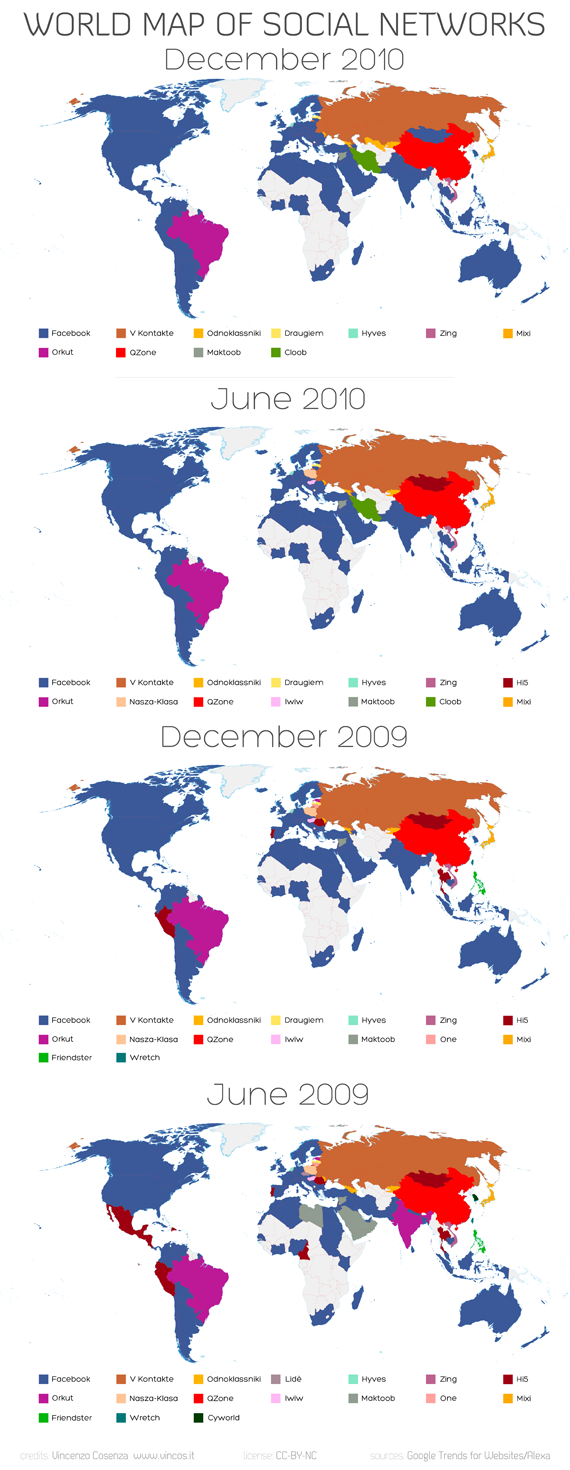
...
Agora veja como, realmente, funciona a transferência tecnológica (enviado por A.B.):
A U.S. District Court jury in Santa Ana, Calif., was still deliberating May 9 in the trial of Chi Mak, a naturalized Chinese-American accused of acting as an agent of the Chinese government and exporting military information, among other charges. Chi's wife, brother, sister-in-law and nephew are awaiting trial in connection with the case.
The clandestine and highly sensitive nature of espionage cases, as well as the need to protect the sources and tactics used to discover such operations, makes it difficult to prosecute alleged spies, even when the government is certain the accused party is guilty. For example, alleged American spy Felix Bloch was observed meeting with a KGB officer in a Paris cafe, though he was never prosecuted. Prosecuting suspected spies is further complicated in cases involving the Chinese government, which is renowned for its patient, long-term approach to espionage. Due to these factors, U.S. prosecutors did not accuse Chi of espionage, but of the lesser crimes of being an unregistered foreign agent and violating export laws.
Regardless of the outcome of the trial, however, the testimony and evidence presented in this case provide an inside look at the methods the Chinese use in the United States to acquire cutting-edge technology -- and the U.S. government's efforts to counter them.
An Age-Old Problem
Espionage, often called "the world's second-oldest profession," has been practiced since the beginning of recorded history. In the wake of the 9/11 attacks and the launch of the global war on terrorism, however, the FBI redirected nearly all of its assets for foreign counterintelligence (FCI) programs into the counterterrorism effort. This meant that for the first time in the bureau's history, practically no counterintelligence efforts were taking place. Although the scope of the damage caused by this virtual FCI hiatus might never be fully appreciated, the October 2005 arrest of the Chi family was one sign that the pendulum was beginning to swing the other way -- that resources were being allocated to address the enormous problem of foreign spies.
While the FBI's limited FCI programs run up against the espionage efforts of dozens of foreign countries, no country poses a more aggressive or widespread intelligence threat to the United States than China.
The Chinese in many ways use the espionage version of the "human wave" attacks they employed against U.S. military forces during the Korean War. Due to China's size and the communist government's control of society, the Chinese can devote immense manpower to gathering intelligence. For example, the U.S. State Department issued 382,000 nonimmigrant visas and 37,000 immigrant visas to Chinese citizens in 2006. Additionally, more than 62,000 Chinese students were studying at U.S. universities last year. Granted, very few of these people were spies, though the number still represents an enormous pool of potential suspects to vet and watch, especially when one considers that there are only 12,575 FBI agents in the United States -- most of whom are assigned to tasks other than FCI, such as terrorism and white-collar crime.
The bottom line, therefore, is that it is very difficult to determine which of these visitors are in the United States to steal secrets and technology. Indeed, many serve in both capacities: They are legitimate students and part of the intelligence effort. Furthermore, not everyone who collects information for the Chinese government realizes they are doing so. By engaging in normal conversations with Chinese friends or relatives about all manner of things, including work, the average person can be providing these friends -- the real intelligence agents -- with critical information.
Additionally, in many cases, the activities of Chinese agents do not fit the legal definition of espionage. Scouring open-source material for new and emerging technologies, attending technology conferences and trade shows and hiring firms to look at new technologies are all legal activities -- and U.S. companies do this all the time. Some Chinese agents, then, are engaging much more in business intelligence than in true espionage. Given the blurred lines between civilian and government/military technology in China, however, the information gleaned can easily find its way into military applications.
The Chinese Style
The Chinese are renowned for their patient and persistent espionage methods, and for their technological reverse-engineering capabilities. They also are noted for taking an extremely long view of their political and military needs and of the intelligence required to meet them. Because of this, the Chinese pose the greatest intelligence threat to U.S. technology.
Aggressive efforts by the Chinese government to obtain critical technologies are no secret. The Chinese Ministry of Science and Technology, for instance, lists science and technology acquisition programs such as its National High-tech R&D Program (known as the 863 Program) on its official Web site. This program provides guidance and funding for acquiring or developing technology that will have a "significant impact on enhancing China's overall national strengths." Targeted technologies include those for civilian use in areas such as information technology (IT), biotechnology, agriculture, manufacturing, energy and the environment. Many of these technologies, however, also have military applications.
While the 863 Program calls for the Chinese to acquire or develop these technologies, it is far cheaper and quicker to acquire them -- and China has a long history of doing so. A great many of China's weapons systems have been developed either by stealing designs and technologies or by outright copying the entire system. In addition to copying small arms such as the AK-47, the RPG-7 and the Makarov pistol, Chinese military industries have even reverse-engineered fighter aircraft. The Chengdu F-7 fighter, for example, is a copy of the Soviet MiG-21. This crash technological advancement program is intended not only to close China's technological gap with the West, but also to leapfrog ahead of it.
To acquire critical technologies, then, the Chinese rely not only on traditional espionage, but also on collecting the needed information via open sources. Such open-source collection is both faster and easier than engaging in espionage -- and it is legal. In effect, the Chinese are exploiting the openness of the U.S. research and development (R&D) system. Such openness allows faster development of technologies in the United States because scientists and engineers from various institutions and companies can share ideas, and thus contribute to different aspects of the concept. The openness, however, also makes it easy for others to "eavesdrop" on the ongoing technological conversation.
Other countries, including Israel, France, India and South Korea, do the same thing -- though none has matched China in the amount of effort and resources devoted to this process. To obtain the desired technology, China is sending students, scholars and researchers to work and study in the United States and other industrialized countries. Some of these visitors then return to China to work in high-tech "incubator parks," where R&D takes place. Among this group, however, are real intelligence officers who are sent to steal critical technologies.
The Chi case provides insight into this process at work in the United States. According to the U.S. government, Chi was employed as a principal support engineer for Power Paragon, a subsidiary of L-3 Communications/SPD Technologies/Power Systems Group in Anaheim, Calif. Chi, who was born in China and became a U.S. citizen in 1985, was granted a "secret-level" security clearance in 1996 and worked on more than 200 U.S. defense and military contracts as an electrical engineer.
During the investigation into Chi's activities, the FBI performed a "trash cover" on him -- literally combing through his trash for evidence -- and found two documents containing instructions for Chi to attend more seminars and lists of the technologies he was to obtain. The lists had been torn up into small pieces, but the FBI was able to reconstruct and translate them. The FBI then performed surreptitious searches of Chi's residence and reportedly found documents pertaining to a number of the technologies listed on both documents.
Redefining the 'Company'
Efforts to collect sensitive technology are conducted not only by individual intelligence agents, but also by the many corporations established and controlled by the Chinese government. One such corporation is the Xinshidai Group, which was established by the People's Liberation Army (PLA) and is one of China's two largest military hardware conglomerates. One of the armaments companies Xinshidai controls is Norinco, which is widely known in the United States for sales of light arms and ammunition.
While conglomerates such as Xinshidai are not officially part of the Chinese government, they were established solely to serve the needs of the PLA and the Chinese military-industrial complex. And one important need of the Chinese government is to acquire advanced defense technology. Many Xinshidai subunits, including Norinco, own subsidiary companies in the United States, and employees of these companies attend trade shows and technology conferences, and also meet with representatives from other companies. Of course, with so much information available online, much of this open-source collection can be accomplished from a desk in China
Many times, early technologies related to the defense industry are not yet classified and therefore not protected. These technologies often become classified only after the U.S. government has purchased them. Information on these emerging technologies, then, can be obtained during the early stage, when their developers are applying for patents or looking for venture capital, partners and/or customers.
The technology acquisition process more often crosses the line into traditional espionage inside China, where Chinese intelligence officers -- operating without fear of prosecution -- frequently steal sensitive documents or copy a target's hard drive. This situation is further complicated when one considers that many of the major U.S.-based corporations doing business in China or seeking to expand market share there also have lucrative contracts with the U.S. Defense Department or other federal agencies. Some of these companies are going beyond Chinese manufacturing and are establishing design and software development centers in the country, meaning even more technology and proprietary information must be made available there.
The expansion of foreign companies into China brings a host of potential targets right to the Chinese intelligence apparatus, allowing China to apply even more pressure to even more points in its quest for technology. Moreover, the techniques used against companies and travelers in China can be far more aggressive than those employed against similar targets in the United States.
In addition to the threat posed to U.S. national security, allowing China to close the technology gap through the acquisition of proprietary information -- legally or not -- ultimately will hurt U.S. multinationals as Chinese companies use the information to become competitors. This means U.S. companies wishing to remain competitive by operating in China or partnering with Chinese firms and their subsidiaries in the United States must maintain a high level of vigilance.















No comments:
Post a Comment